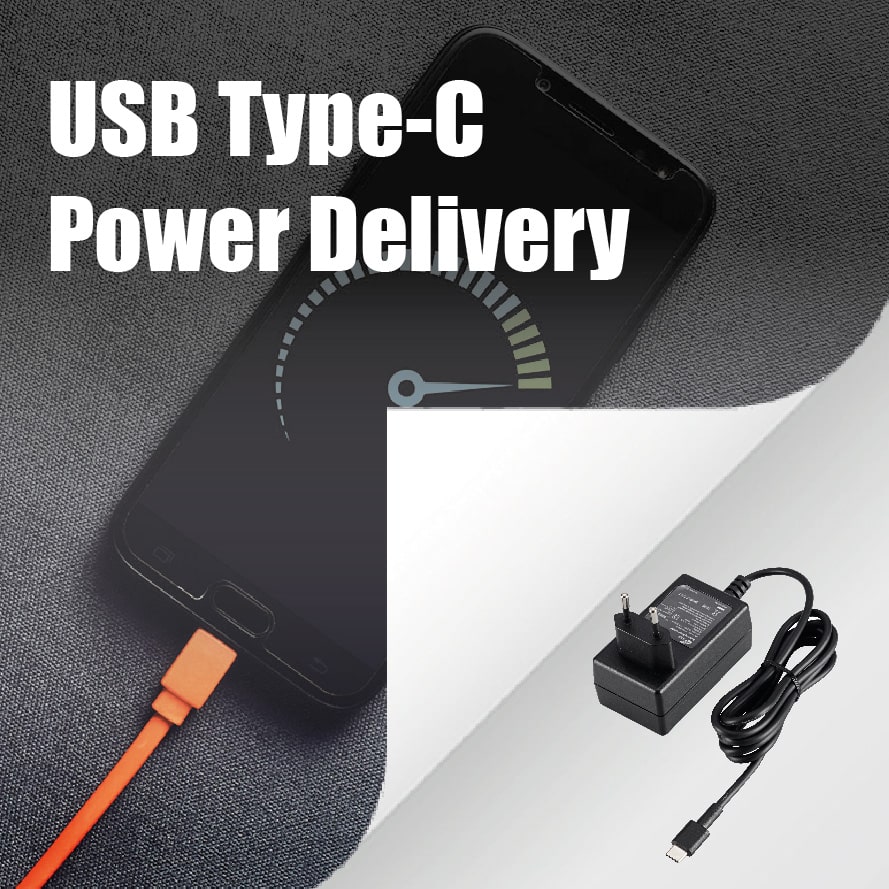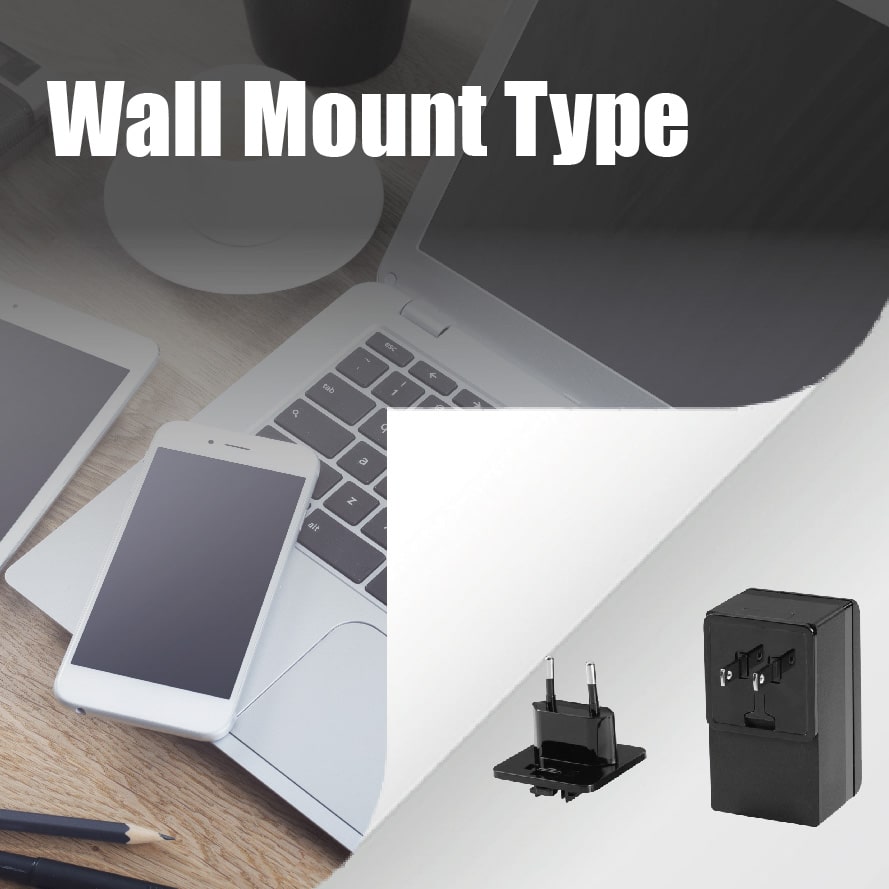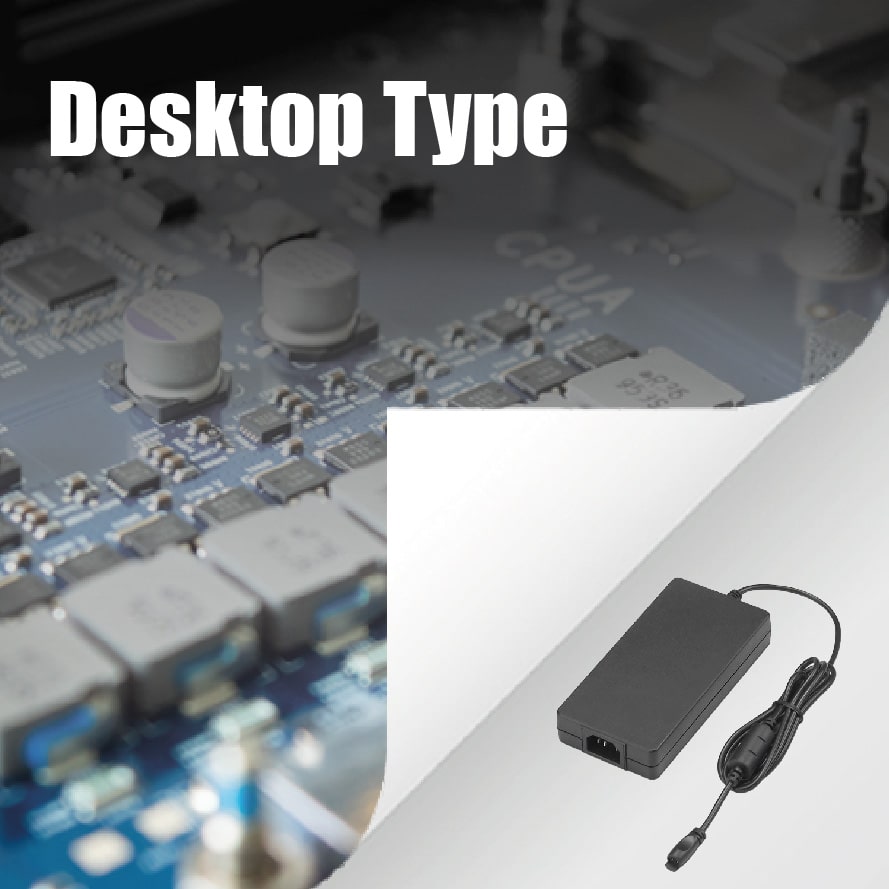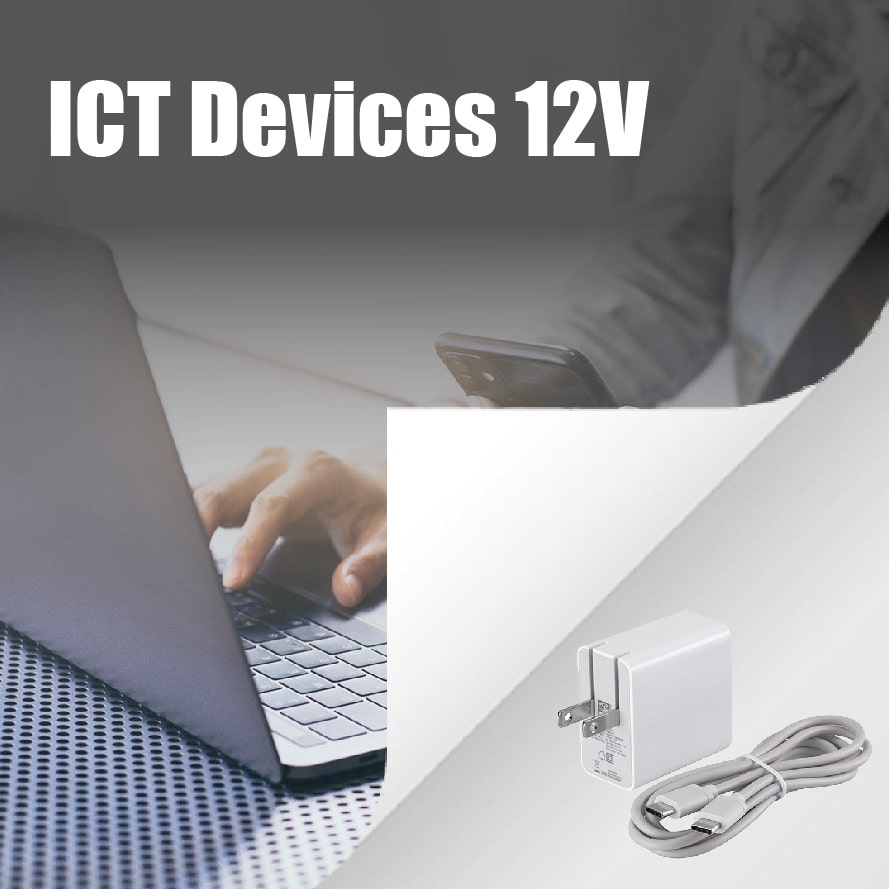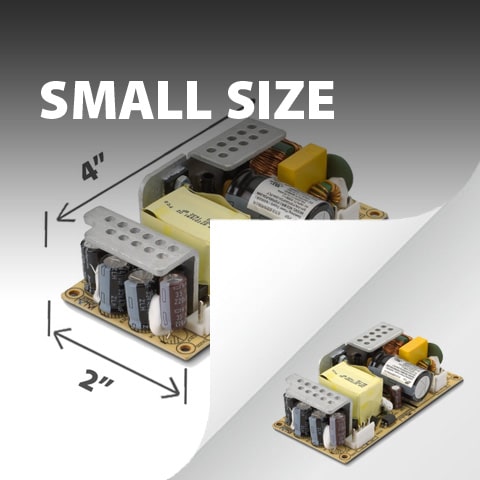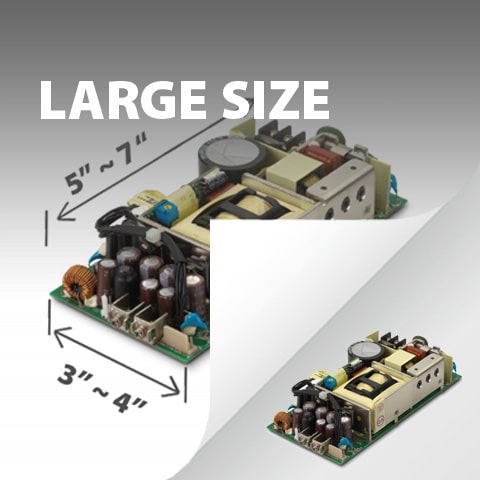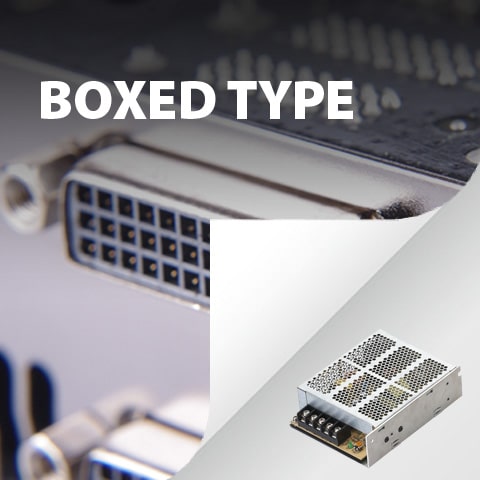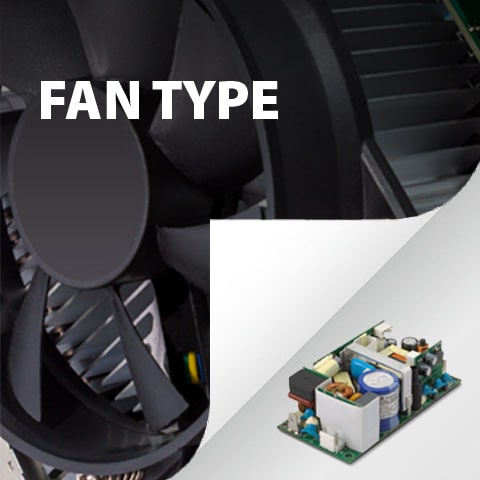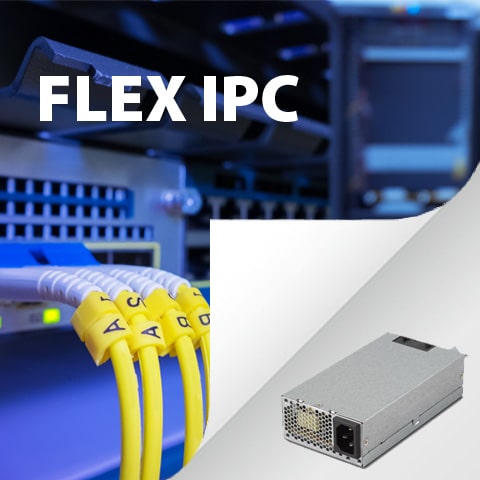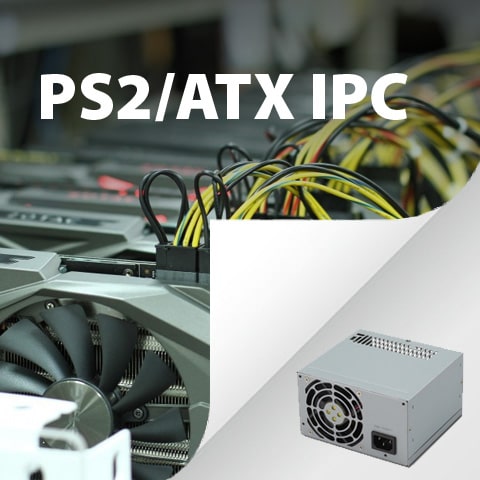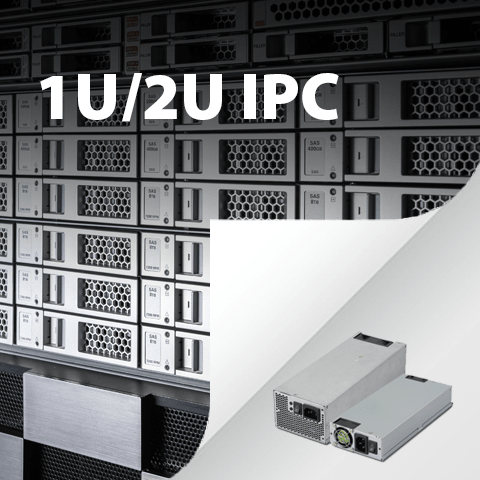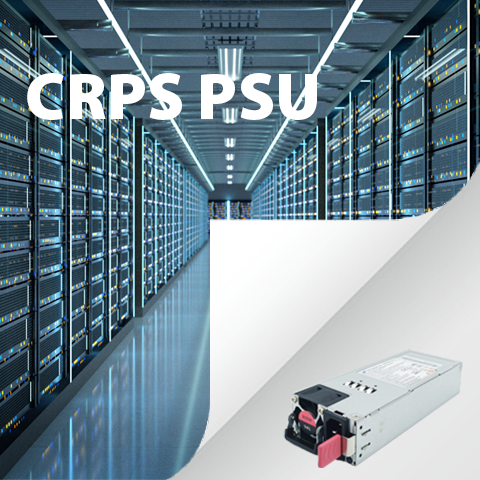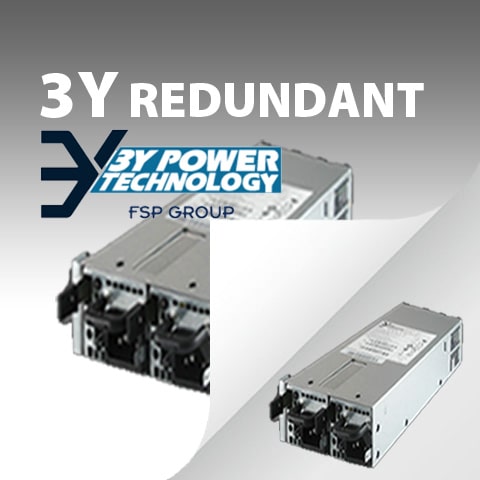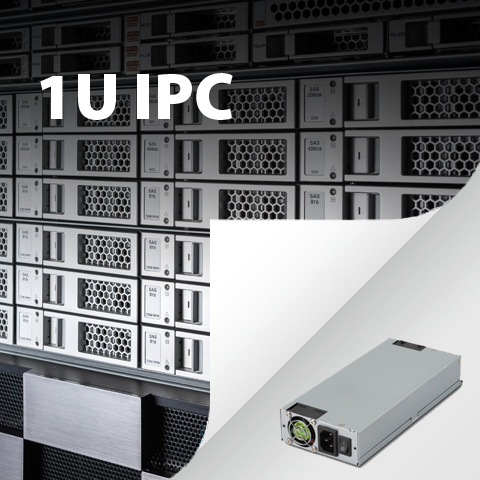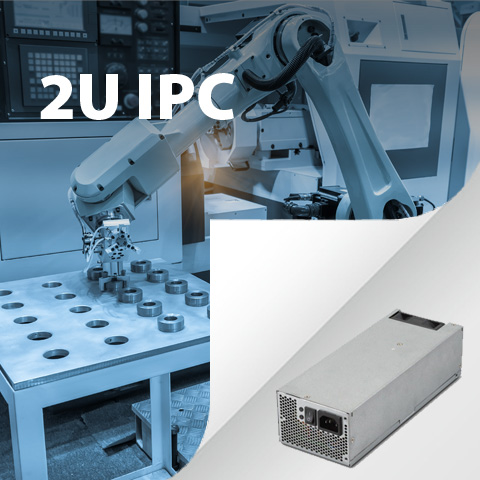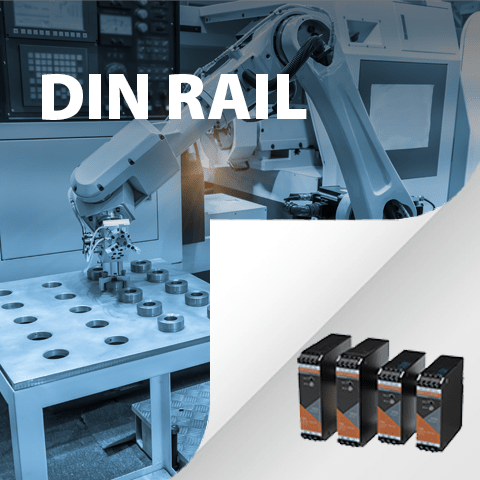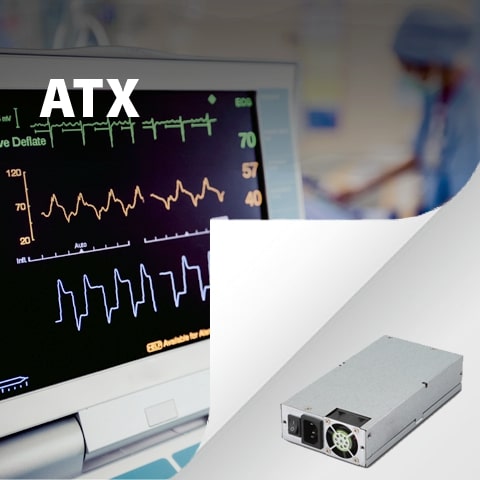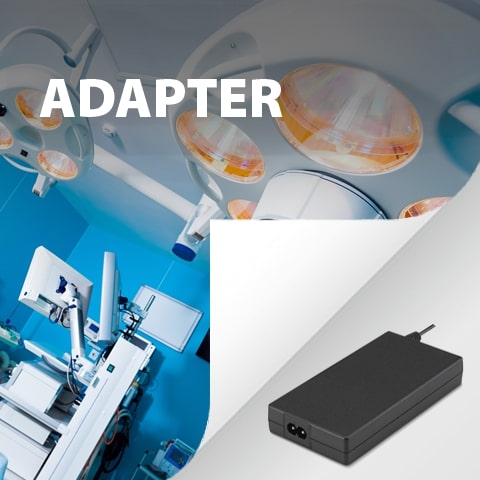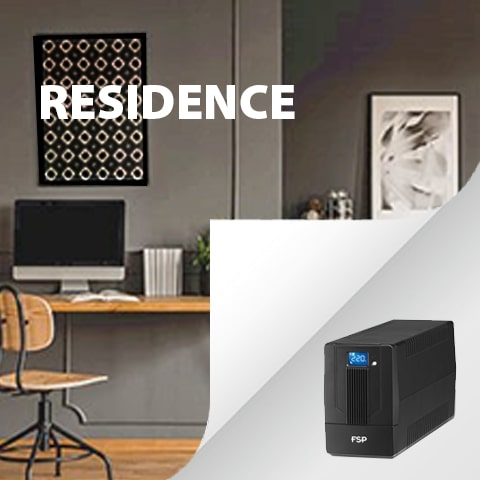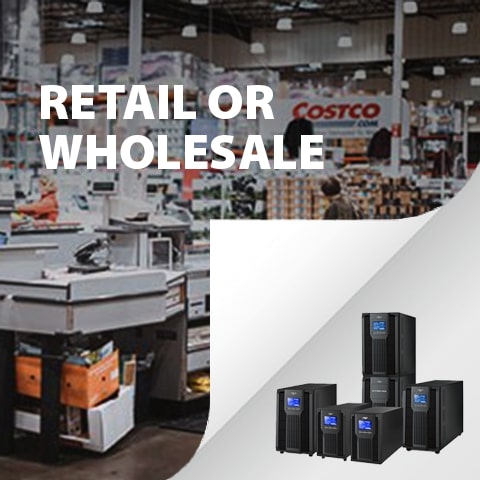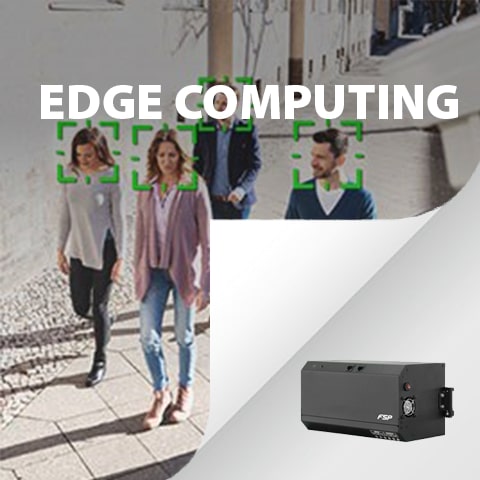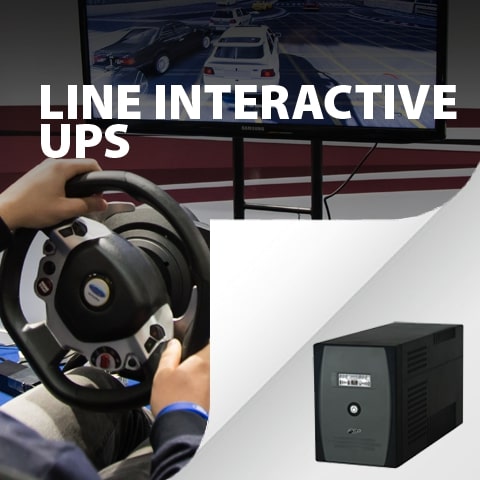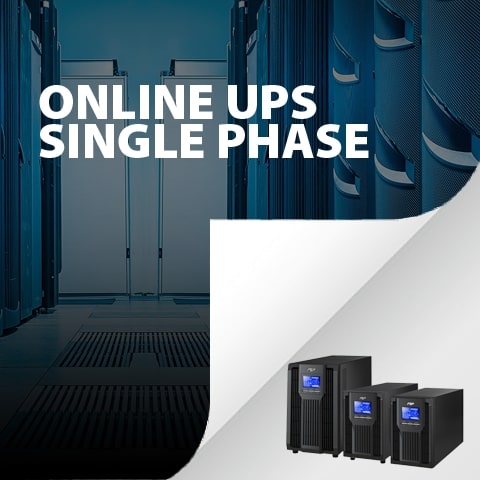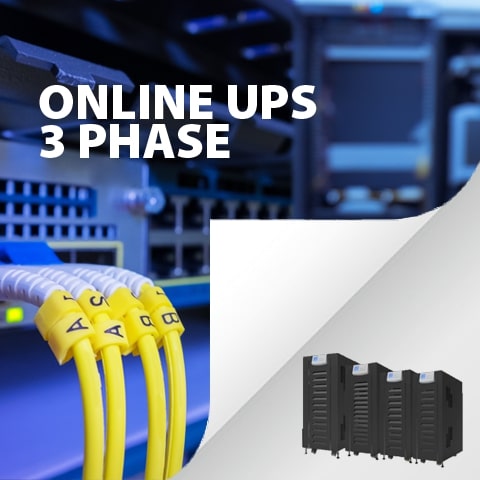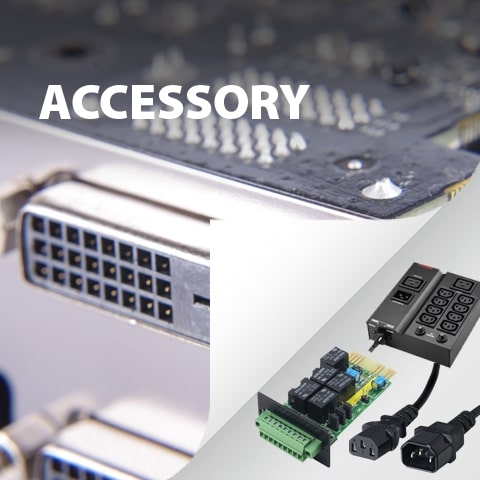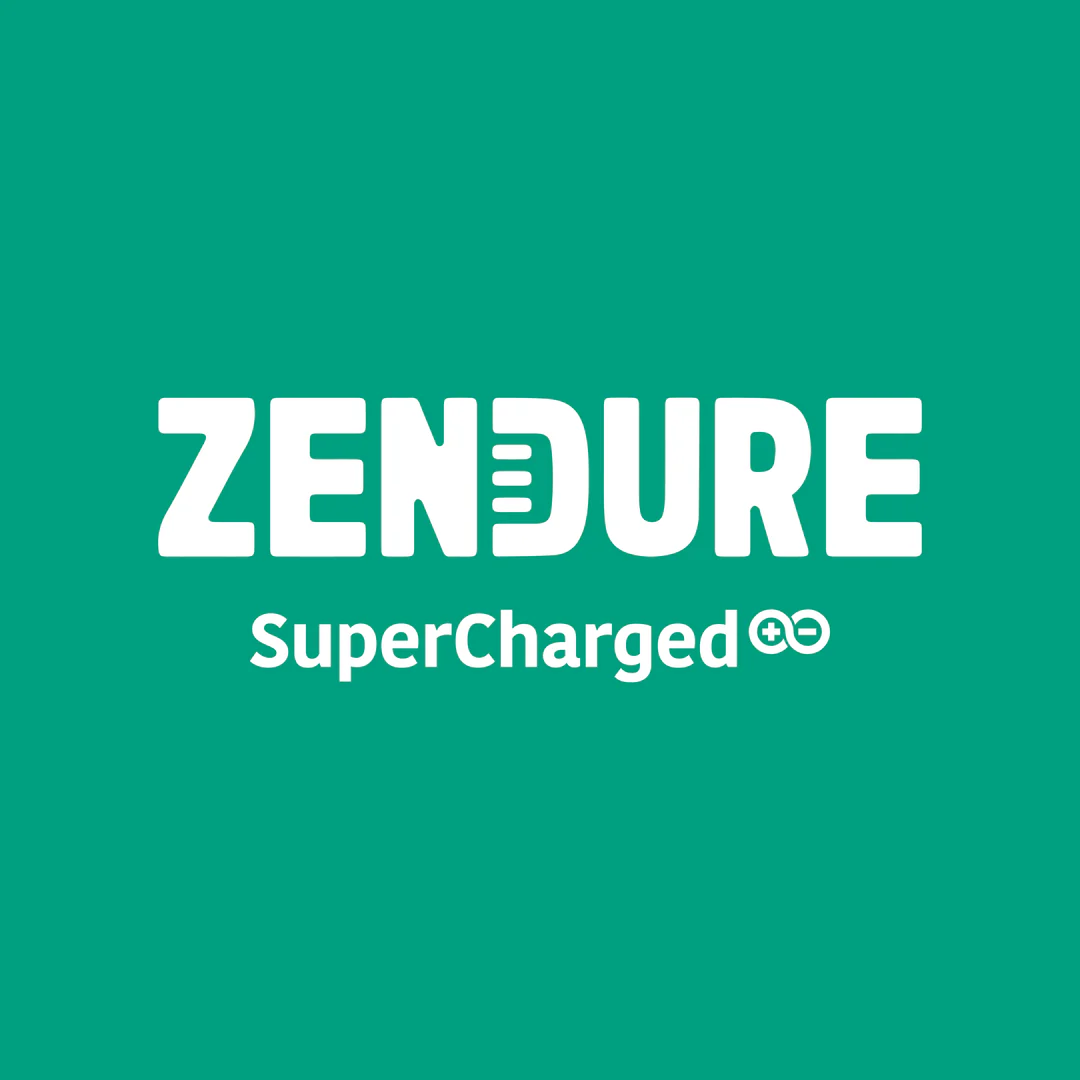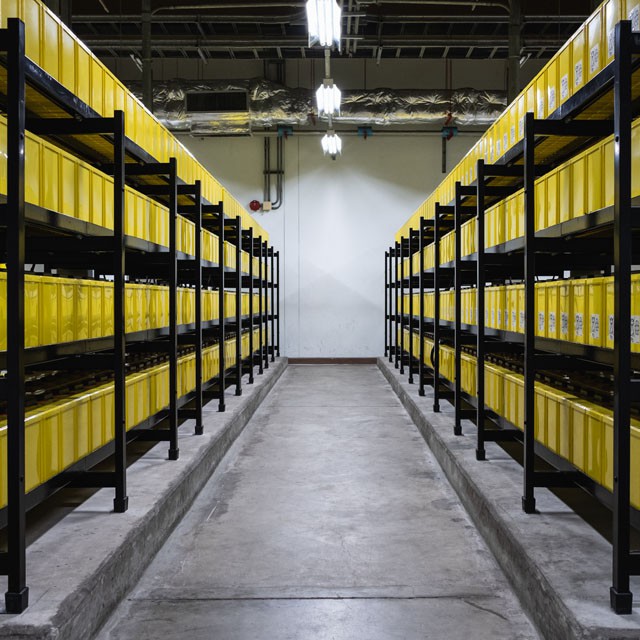How to Choose a Lead-Acid Battery Charger?
The lead-acid battery was first developed in 1859, and it was known then (and now) as the first type of rechargeable battery. Today, rechargeable batteries seem so normal. But, back then, it was only the lead-acid variety that could make it work.
Lead-acid batteries contain six cells, and each one has a positive and negative plate. They are covered in a sulfuric acid solution. When the six cells are connected, they create a fully charged battery.
While lead-acid batteries are relatively inexpensive and easy to use, it’s important to have the right battery charger for the job. So, how do you know what to look for?
First, let’s look a bit more into why you’ll need a charger, based on how you’re using your battery.
What Kind of End Products Use Lead-Acid Batteries?
Lead-acid batteries can be used for a variety of different applications and in certain types of equipment. Today, they are used in everything from emergency lighting solutions to power sump pumps in case the power fails, to prevent flooding. Perhaps most importantly, they are used in cars to start the ignition. They are one of the most reliable and dependable batteries for vehicles, offering a higher voltage.
Needless to say, with these applications, it’s very important to have the right charger. Knowing that your battery is fully charged when you need it most will make all the difference in how useful it will actually be.
What Is a Lead-Acid Battery Charger?
A lead-acid battery charger does everything you might expect, charging lead-acid batteries in a unique and effective way that will have smaller batteries ready to go in 5 hours and larger ones fully charged in 12 hours.
Lead-acid batteries use a method of charging called ‘constant current constant voltage’ (CCCV). This process uses a regulated current. That current works to raise the terminal voltage within the battery until the limit of the upper charge voltage is hit. When that happens and it becomes saturated, the current drops. An AGM lead-acid battery, for example, will decrease its voltage output with higher temperatures. Therefore, warmer temperatures can help to increase battery life.
If it sounds confusing, it doesn’t have to be! Think of the CCCV method in three separated stages.
First, there is the constant-current charge stage. This offers the battery a large portion of its overall charge, and also takes up a bulk of the time required for the battery to be at full power.
The next stage is the topping charge, in which the current continues at a lower charge rate, saturating the battery.
Finally, the float charge compensates for any ‘energy’ lost from the battery due to self-discharge.
All three stages are incredibly important, not only for the effectiveness of your battery but for its lifespan and longevity.
There are a few other best practices to keep in mind when you’re charging a lead-acid battery, including: /p>
- Charging in a dry, ventilated area.
- Not opportunity charging as needed: Make sure if you’re going to charge, you have the time to do it fully. Don’t just wait until you need it to place your battery on the charger
- Not over-charging: Keeping the battery on the charger for too long.
- Not under-charging: Removing the battery before it has time to fully charge.
- Checking fluid levels
- Routine watering
When you know how the charging process and you do the right things to make sure your battery charges effectively, you’ll increase its lifespan and get more use out of it.
So, now that you know how a lead-acid battery charges, how can you be sure you’re using the right charger?
Finding a Charger That Fits Your Needs
There are a few things to keep in mind when you’re searching for the right lead-acid battery charger. First, you’ll want to make sure the charger you’re interested in will actually work with your battery, or vice versa. Many lead-acid battery chargers will work on multiple battery types, so you shouldn’t have to stress over this too much. But, it’s better to be safe than sorry.
It’s also important to make sure you know both the voltage and capacity of your battery, so you choose a charger powerful enough to allow it to reach a full charge. The charger you choose should match the voltage of the battery. The strength of an FSP battery charger is our ‘Float mode,’ which focuses on the battery charging curve. Using float mode, the charger will maintain the battery’s voltage levels consistently, without overcharging it or allowing for too much discharge.
Finally, consider how you’ll use the battery. Is it for a sump pump? An electric scooter or e-bike? Whatever the case, how you use it will likely depend on how quickly you need it back in action each day. You’ll want to choose a charger that allows for a quick enough charge, depending on your needs.
Some people think that buying a low-cost charger is fine. Unfortunately, you will undoubtedly get what you pay for. Having a great battery is only part of the solution. Having a great charger will keep your battery in great shape and extend its lifespan. So, don’t hold back on doing your own personal research depending on what you’ll be using your battery for.
Faster is often better for most people, since many applications lead-acid batteries are used for require a daily full charge. So, if speed is a necessity, make sure it’s at the top of your list of “must-haves” when you're shopping.
Finding a Lead Acid Battery Charger With FSP
Now that you know about what a lead-acid battery charger can do and why it’s so important to have a quality one, you can start to do some browsing。
At FSP, we’re proud to carrylead-acid battery chargersthat can cover just about any of your needs, from automotive endeavors to new energy transportations. We can even customize your battery charger charging curve with Float mode.
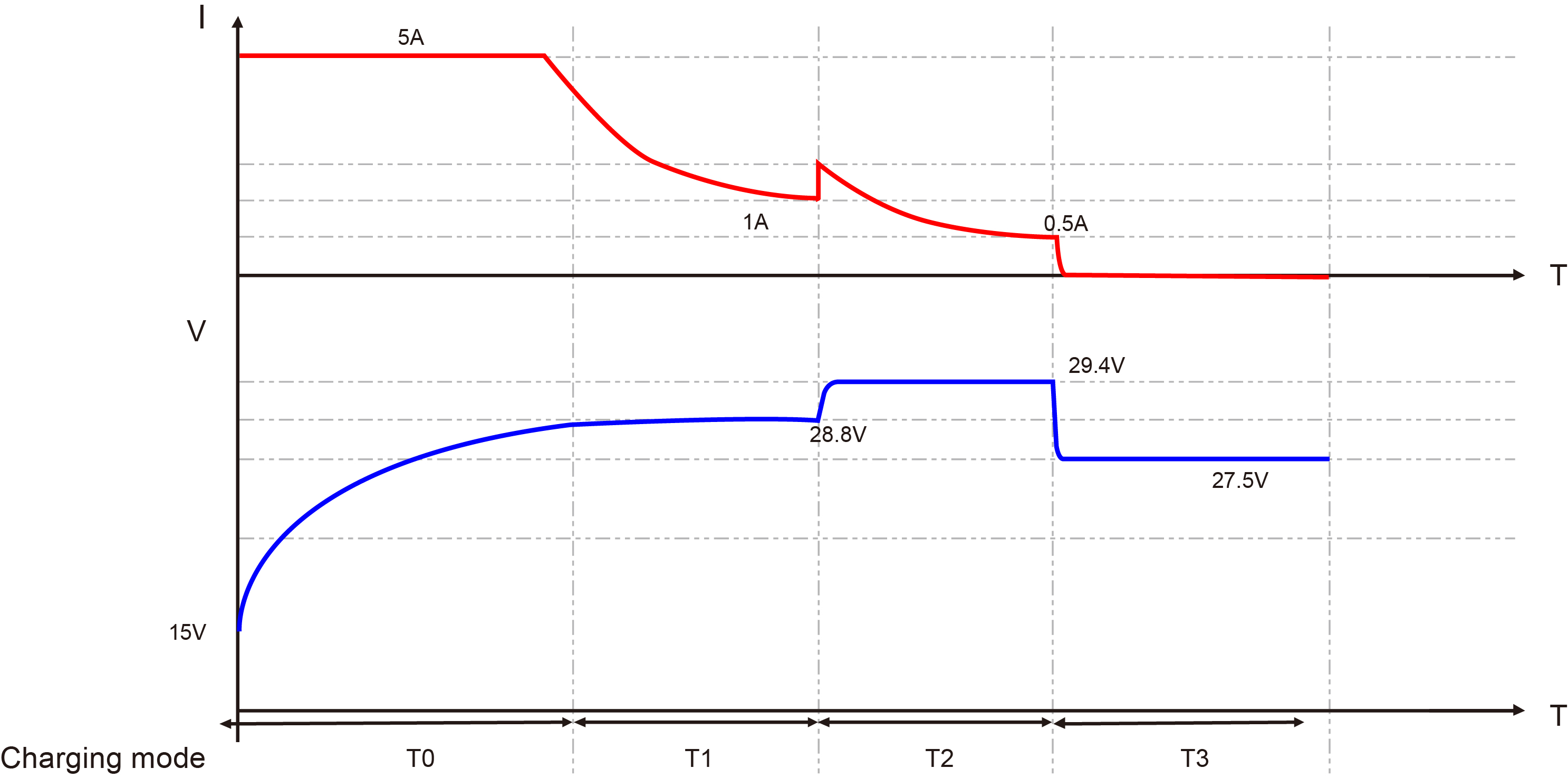
Please feel free to check out some of the battery chargers we have available. Some are specifically meant for either Lithium or lead-acid, so you can determine which fits your needs best right now.
If you have any more questions about lead-acid batteries, how to charge them, or what you should be looking for in a charger, feel free to contact us. Someone from our team will be happy to help you and guide you in the right direction toward finding the lead-acid battery charger that will work best for you, no matter what you need it for.
Related Articles
-

Das bidirektionale Ladegerät USB Typ-C PD3.1 für Batteriesystemhersteller
-
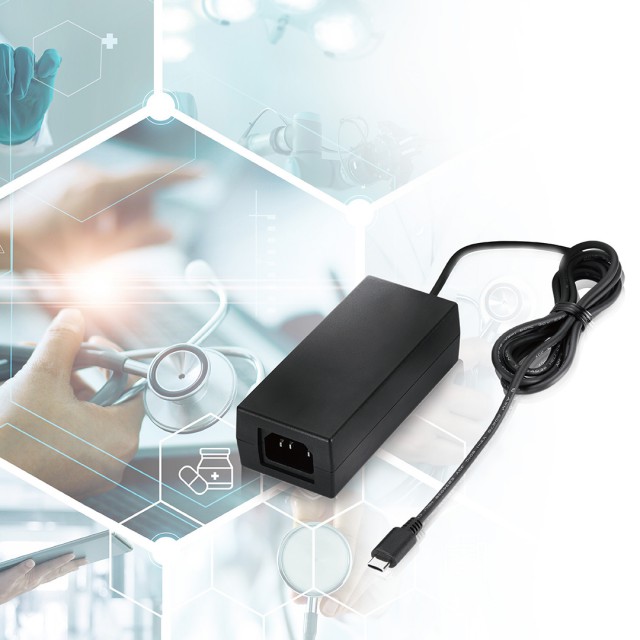
FSP Power Solution GmbH bringt ein innovatives medizinisches 65W USB-PD Ladegerät auf den Markt
-

Steigern Sie Leistung und Stabilität mit fortschrittlichen CRPS-Stromversorgungslösungen von FSP
-

Neue Generation medizinischer Netzteile: FSP600M-70PB und FSP700M-70PB
About FSP
FSP Group is one of the global leading power supply manufacturer. Since 1993, FSP Group has followed the management conception “service, profession, and innovation” to fulfill its responsibilities as a green energy resolution supplier.

